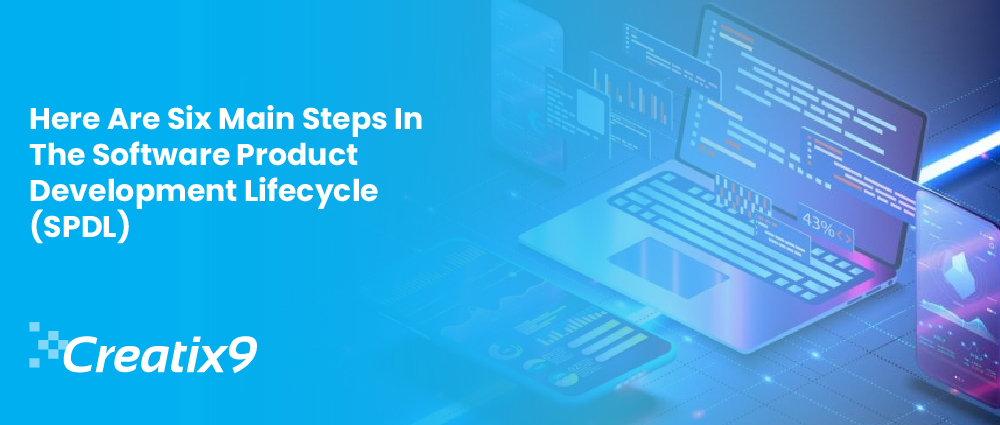
When you search for the stages of the software development lifecycle (SDLC), you’ll explore that diverse sites list different steps. The main goal of the SDLC is to create a uniform method for making software, even though the exact steps can vary slightly from one company to the next.
This article from the top iOS application development company UK called Creatix9 UK answers about the software development stages. So that you know what to expect from software development, we’ll go through each step and give you a short summary.
But before we get into the details of the SDLC, let’s look at why it’s important to follow these steps.
The important thing is that they make sure that everyone on the team knows what their jobs are during the software development process. So, clients and the team can talk to each other easily. So, there are no chances of misunderstandings, extra work, or missing dates. Let’s look at each step in depth.
Planning
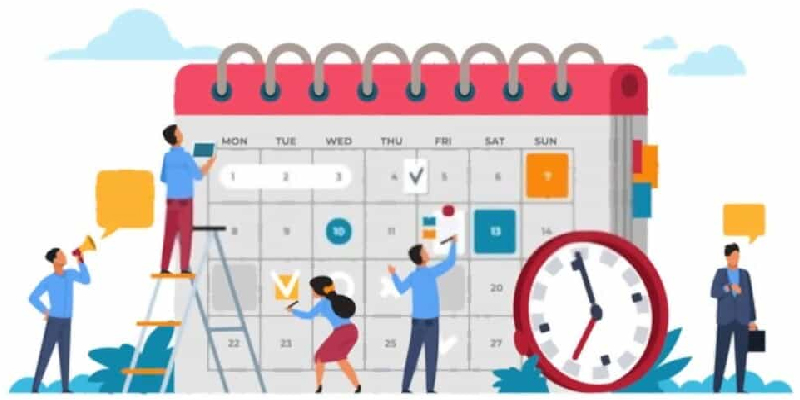
A significant part of a software product lifespan is the planning. Some business owners think that by combining their great idea with the skills of software experts, they can make a great product, but that’s not how it works. Planning, which is the first step in the software product development process, should be given careful thought for a number of reasons.
- Explore You Goal’s Clear Vision: As you plan the creation of your product, you do study on your target market, competition, target audience, possible ways to make money, etc. You also need to explore the amount of money you have for product establishment and maintenance. All of this lets you tell your development team what your business needs are, which they will use to make your project.
- Likely That A Product Will Be A Hit: You might have a great idea for an app that you think could make a big difference in the market. But in fact, there are many apps, and it’s impossible to make a new market leader with just one idea. You should access your idea in advance you even jump eyeing for a software growth partner. The next step in the software development process can only be taken when you have enough proof that your idea can compete.
- You Gain Time Savings: If you don’t do a lot of research, you won’t know what kind of product to make will make it challenging to create software. Because you won’t be able to explain to your workers what you want to achieve through development, there may be misunderstandings and more work. Because of this, development will take longer, which will make it take longer to get to market.
- Cost Effective: Since time is money, the clearer you are about what you want from software development from the start, the less time you’ll need to spend on it. You can significantly reduce development costs if you consider the fact that you pay your development team pay for the time they spend creating and enhancing your product.
You should use a project brief, a business model board, or an app development business plan to plan out your ideas for making your software product.
Mostly, user do the planning. But you can start working with a software development business even if all you have is an idea. They will be able to do research on your market and give ideas that you can use to make your own business plan, if not a full business plan.
2. Software Requirements Elicitation
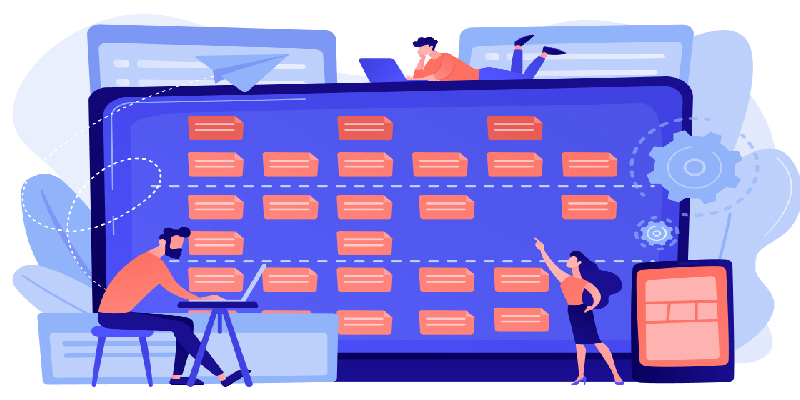
Now that you have a pretty good idea of the software you want to make, it’s time to share this with the people who will be making it. In a process called “software requirements elicitation,” you meet with the business analyst (BA) of a company that makes software and talk about what you want. During this step, the BA makes a software requirements specification (SRS), which is sometimes called an app requirements document.
An SRS has both functional and non-functional factors. In contrast to non-functional requirements, which explain a dependencies, software product’s structure, and other technical needs, functional needs claim what functionality should exist to the app’s end users. There are parts that talk about your project’s goals, the different types of users, and the amount of work that needs to be done, among other important parts of software development.
Requirements during the discovery process, elicitation is also done, which is something else you should know. During the research phase, which comes at the beginning of a software development project, you can figure out where the project is going in general. During this time, you will decide how the software development team will be set up.
Depending on what you need, the number of professionals can change. When you hire a company to do web development for you, they usually give you the number of professionals you need to build your plan within the budget and time frame you set.
Contact the top iOS application development company UK known as Creatix9 UK if you intends to initiate a project with accurate planning and software requirement elicitation and want everything as per your needs from the scratch. We are one of the best app development companies UK that greatly satisfied our clients by stick to these software development stages.
As a digital service provider in UK, we have built positive and strong linkages with multiple companies across the Europe from SME’s to well-established firms. Chat with us here and now.
3. Designing Applications
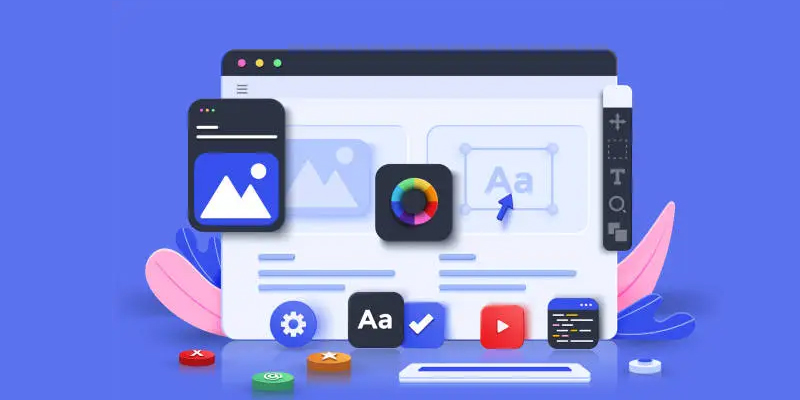
Before you can start to build your application, you need to have a plan. You should be familiar with both how your software works and how it looks. Your software development team will provide you with a user experience design and an app architecture throughout this phase of the product development process.
The architecture of your programme tells you how it is put together discussing every component, along with how each one interacts with the others.
Before the real development process starts, a UI/UX design is made to make sure that software engineers build your programme in line with the approved design.
4. Development and Testing
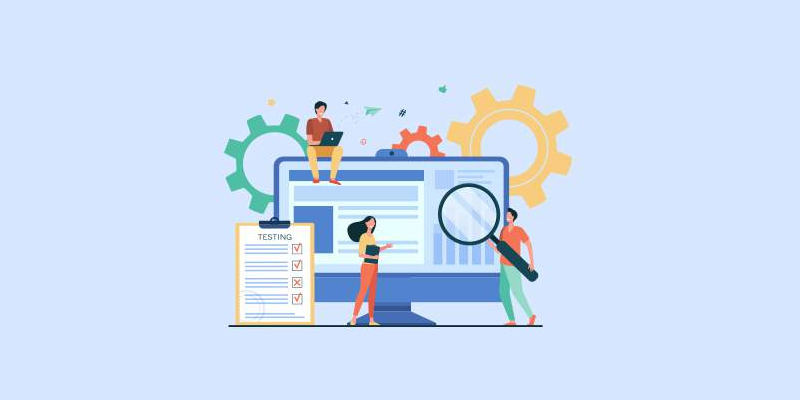
Now, after the finishing point of the front end and back end of the plan, another important step in the process is testing. Here QA workers make sure that the product works as it should. It consumes the most time to complete because it requires a much work. Whether Agile or Waterfall is used to make software, there are many different ways to do development and testing.
Swift vs. Waterfall
The waterfall method is a strict way to build software. The Waterfall method makes sure that growth goes according to the original plan, step by step, and that no changes are made along the way. Testing doesn’t start until all the features are in place.
With Waterfall, the customer doesn’t take part in the development process. Instead, they tell the development team what they want and then see them again when the product is done. The waterfall method works well for projects with strict requirements, like those in the healthcare or government areas.
Agile is not the same as waterfall. This model is flexible and can changes occur during the software development process, so firms can use it for projects with different needs.
In the agile development method, the development team is in charge of writing the code that makes your software work. Because the software development process is iterative, it is broken up into small pieces, and the utility of your product is made in small batches.
Sprints are used to break up the whole development process into smaller, more effective steps called iterations of agile development. Sprint is basically an arrangement of a certain amount of work for a set amount of time.
New features for use available from the development team at the conclusion of each sprint. After a sprint is done, the development team looks at the results and plans the next sprint while thinking about possible changes.
Using Agile for making apps or software’s
Agile is a good method for startup founders because it lets them change project needs as often as they need to. It’s also easy to try new ideas, respond quickly to a competitive market, and change the order of features with iterative development.
5. Deployment
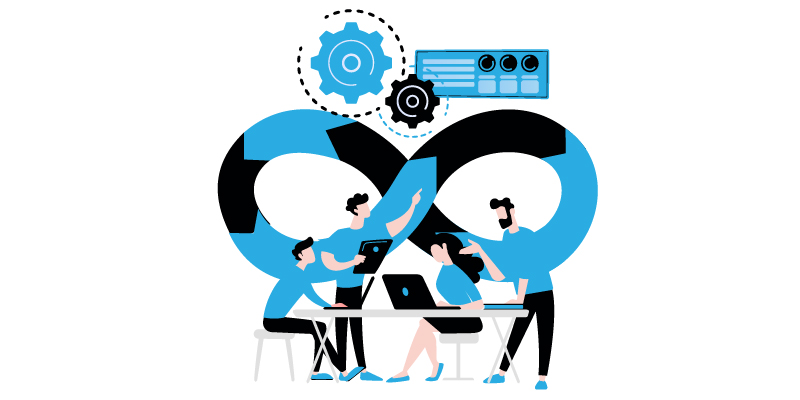
As one of the last parts of software development, deployment occupies all the steps vital to make the complete product available to customers. As a result of distribution, people can get an update or piece of software and use it. There are three steps to putting software into use:
- At this point, DevOps collects the pieces of code before release. At this point, it’s very important to check what features should be added during a certain release.
- Before putting any feature into use, thorough testing is vital. Because of this, it is important to try new features or upgrades before they are made available to real users.
- Deployment: Users can use the new functionality after adding new code to the live system.
6. Maintenance
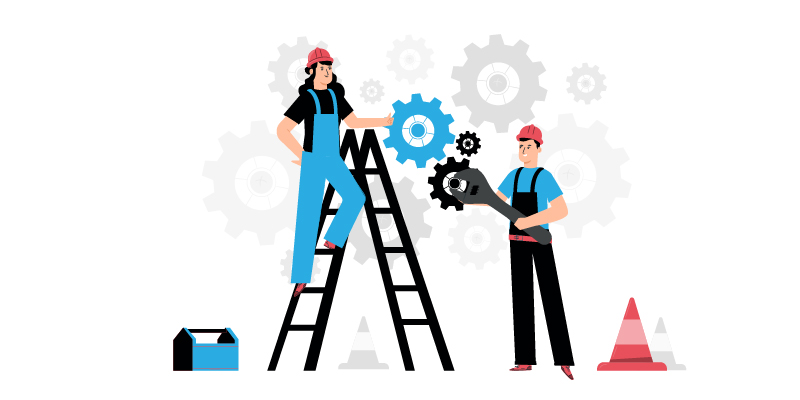
Even though deployment is one of the last steps in the SDLC, work doesn’t end when the product is made public. First, a minimally useful product (MVP) should be made, and then changes should be made. Maintenance could be thought of as a new step in the SDLC. After you release your app, you can keep making it better by getting feedback from users. You can analyse it, rethink the app’s design, adding new features, releasing changes, and doing it all over again.
Conclusion
There are six major parts to the software development lifecycle. Depending on the growth method you choose, you can perform these steps in order or at the same time.
The two most common ways to make software are called “Agile” and “Waterfall.” Both approaches can be effective, but it’s crucial to pick the one that works best for your task. Although Waterfall is a good option for projects with stringent requirements, Agile is growing in popularity. You can be flexible while creating and quickly change to meet the needs of a market that is changing quickly.
Buildup a robust connection with Creatix9 UK, one of the finest app development companies UK to create an app that give an edge in the market and competitors.
Creatix9 UK are the most recognised digital service provider in UK meant to build app following these stages considering clients state of mind

